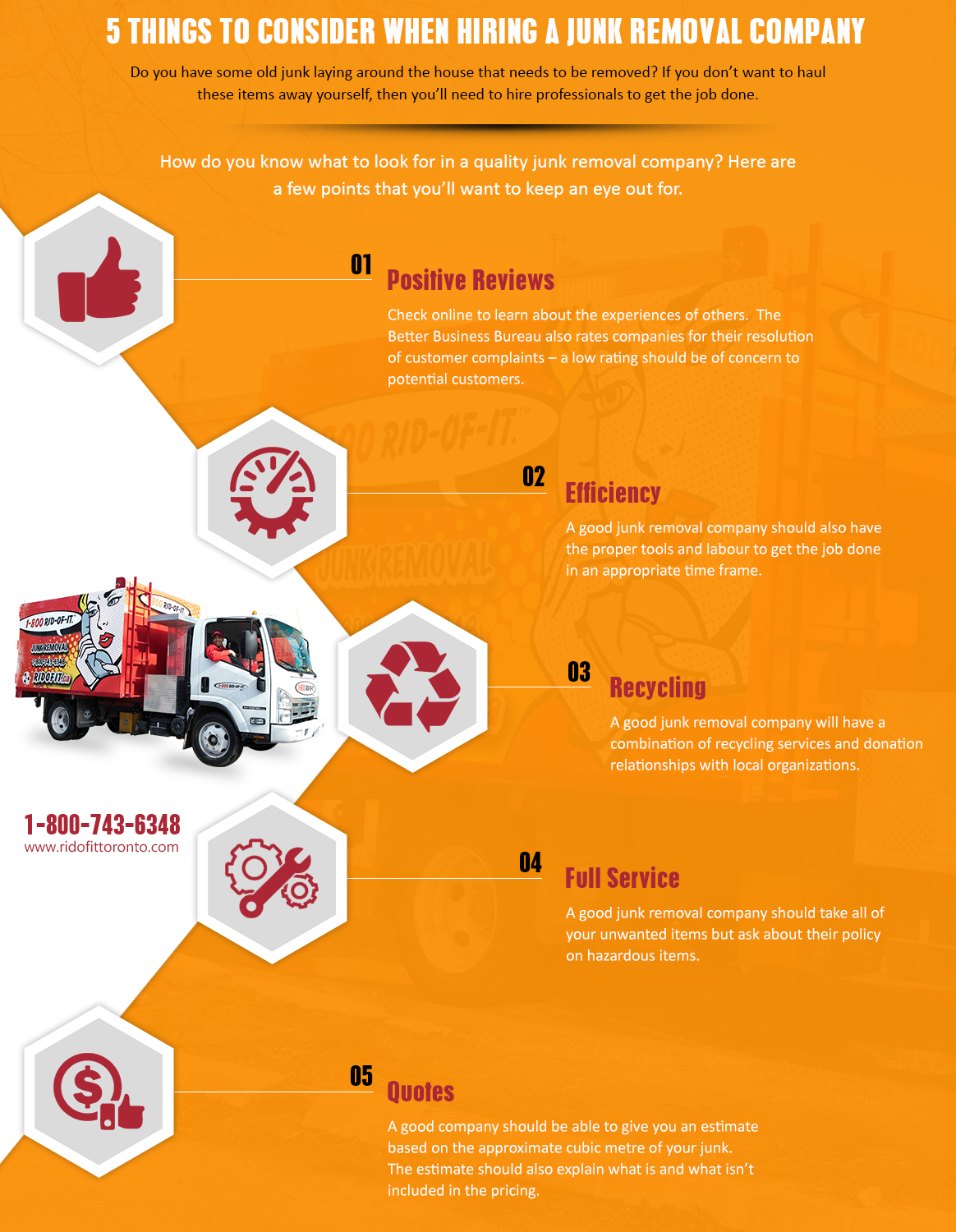Gain Know-How In Identifying The Optimum Dumpster Size For Your Project To Achieve Efficiency And Cost-Effectiveness Through This All-Encompassing Overview
Gain Know-How In Identifying The Optimum Dumpster Size For Your Project To Achieve Efficiency And Cost-Effectiveness Through This All-Encompassing Overview
Blog Article
Content Written By-Finnegan Duckworth
When embarking on a task that needs a dumpster, the dimension you choose can substantially influence its effectiveness and cost-effectiveness. Envision having the best container that fits all your waste without being excessively big or too small. It all beginnings with recognizing the nuances of your task and picking a dumpster dimension that straightens with your details needs. So, prior to you choose, consider the aspects at play to guarantee a seamless waste monitoring process throughout.
Factors to Think about
When picking the right dumpster size, there are a number of key aspects to consider.
Initially, think of the sort of waste you'll be taking care of. Different products might require varying quantities of room, so recognizing what you'll be placing in the dumpster is important.
Next, evaluate the amount of waste you anticipate to produce. If you underestimate the quantity, you may require to make multiple journeys to get rid of whatever, which can be inconvenient and costly. On the other hand, leasing a dumpster that's too huge can result in unnecessary expenditures.
In addition, consider the room where the dumpster will be positioned. Ensure there just click the following web page for the dumpster to be supplied and gotten without any obstructions.
Lastly, consider any weight constraints that may use. Surpassing the weight restriction can lead to extra fees or perhaps the refusal of service.
Dumpster Size Alternatives
For choosing the best dumpster dimension, it's essential to have a good understanding of the offered options. trash dumpsters vary from 10 to 40 cubic lawns, with variations in between.
A 10-yard dumpster appropriates for small tasks like a garage cleanout or a small remodelling. If you're dealing with a medium-sized job such as a kitchen remodel or a basement cleanout, a 20-yard dumpster could be the appropriate choice.
For larger projects like a whole-house remodelling or industrial building and construction, a 30 or 40-yard dumpster could be more suitable to suit the quantity of waste created.
When selecting a dumpster size, consider the amount and type of debris you anticipate to deal with. It's far better to choose a somewhat larger dimension if you're unsure to stop overfilling. Keep in mind, it's even more cost-efficient to lease a dumpster that fits your needs as opposed to needing to purchase an extra one.
Matching Dimension to Task
Ideally matching the dumpster size to your job is important for efficient waste administration. To identify the right size, consider the extent and nature of your task.
For little home cleanouts or restorations, a 10-yard dumpster might be adequate. These are normally 12 feet long and can hold about 4 pickup truck loads of waste.
For larger projects like renovating numerous areas or clearing out a big estate, a 20-yard dumpster might be more suitable. These are around 22 feet long and can hold roughly 8 pickup tons.
If you're taking on a major construction project or commercial restoration, a 30-yard dumpster could be the most effective fit. These dumpsters are about 22 feet long and can accommodate regarding 12 pickup truck loads of particles.
Matching the dumpster size to your job guarantees you have enough room for all waste materials without paying too much for unused ability.
Conclusion
To conclude, selecting the appropriate dumpster dimension for your job is important for reliable waste disposal. By considering variables like the type and amount of waste, room availability, weight limitations, and budget plan restrictions, you can guarantee you have the appropriate dimension dumpster for your requirements. Make certain to match the dimension of the dumpster to the range and nature of your project to avoid overspending on unnecessary expenditures.
